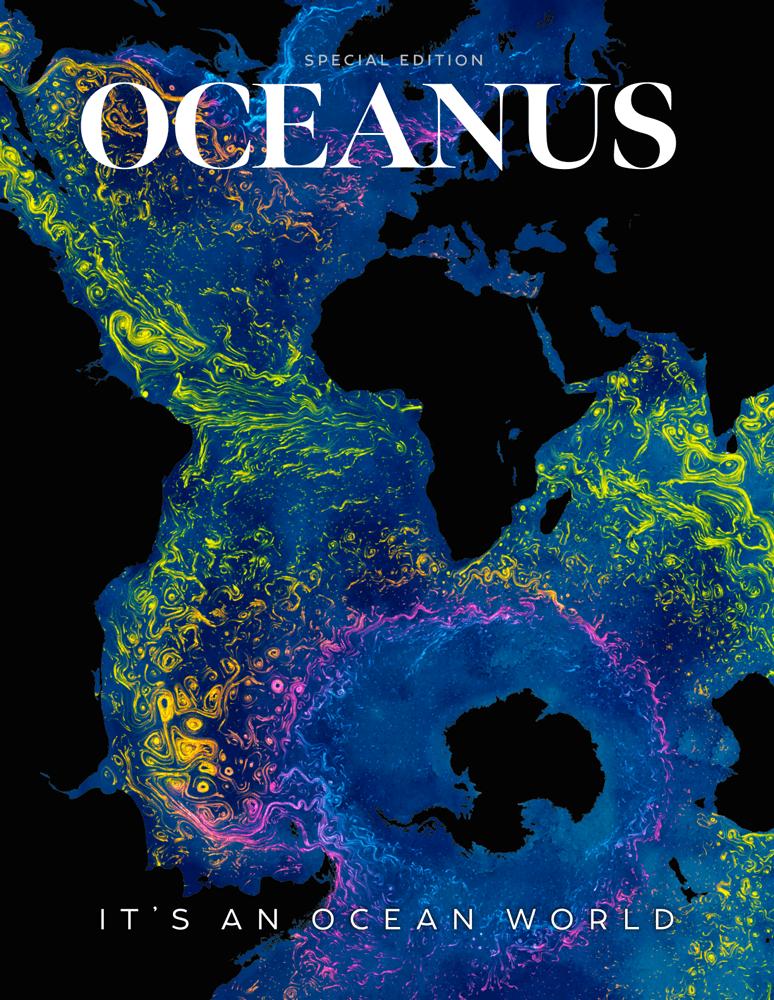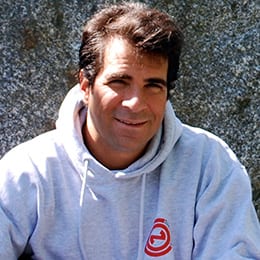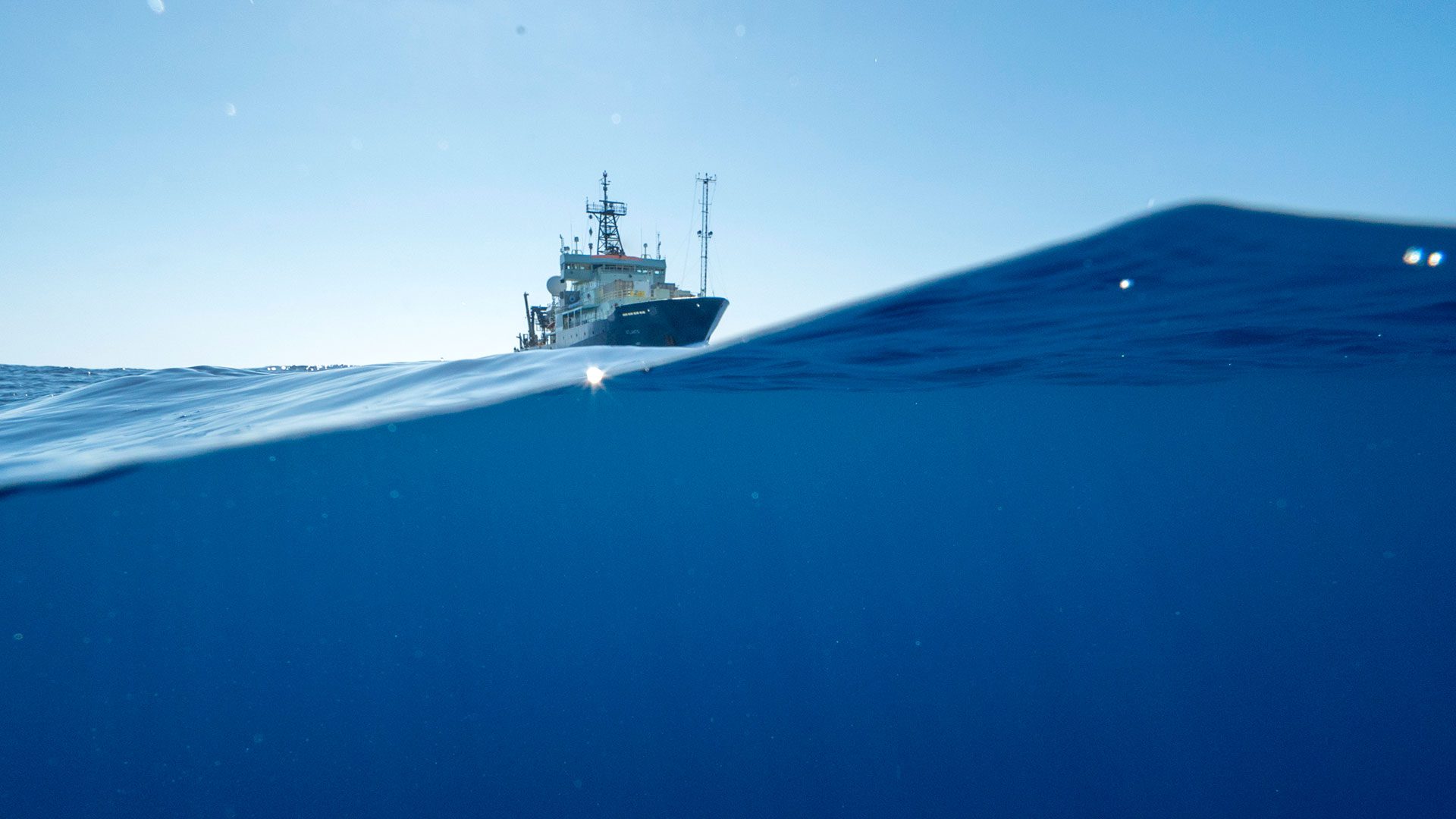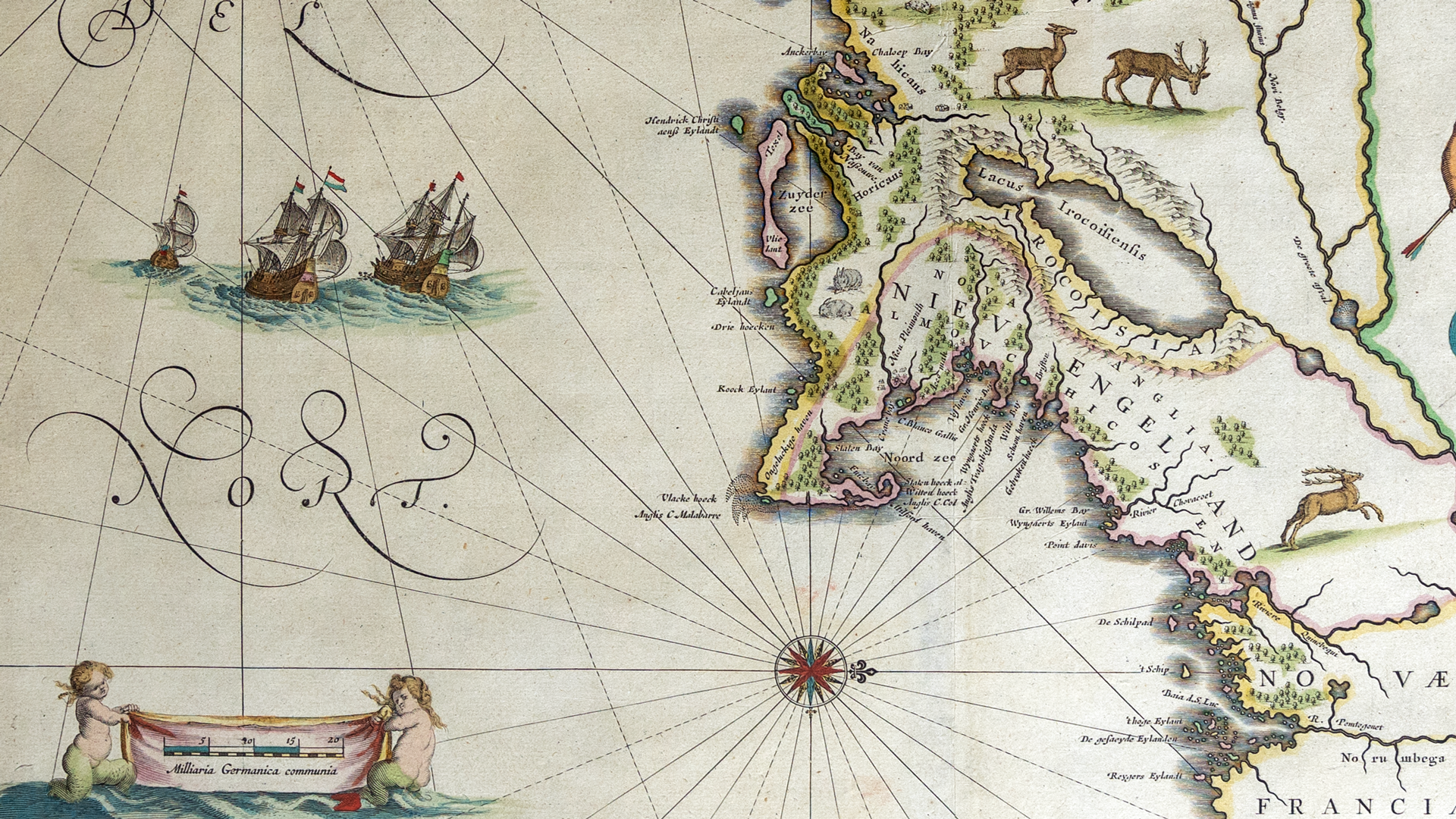Music for the Ocean
Immersive classical performances to spark global concern for the ocean
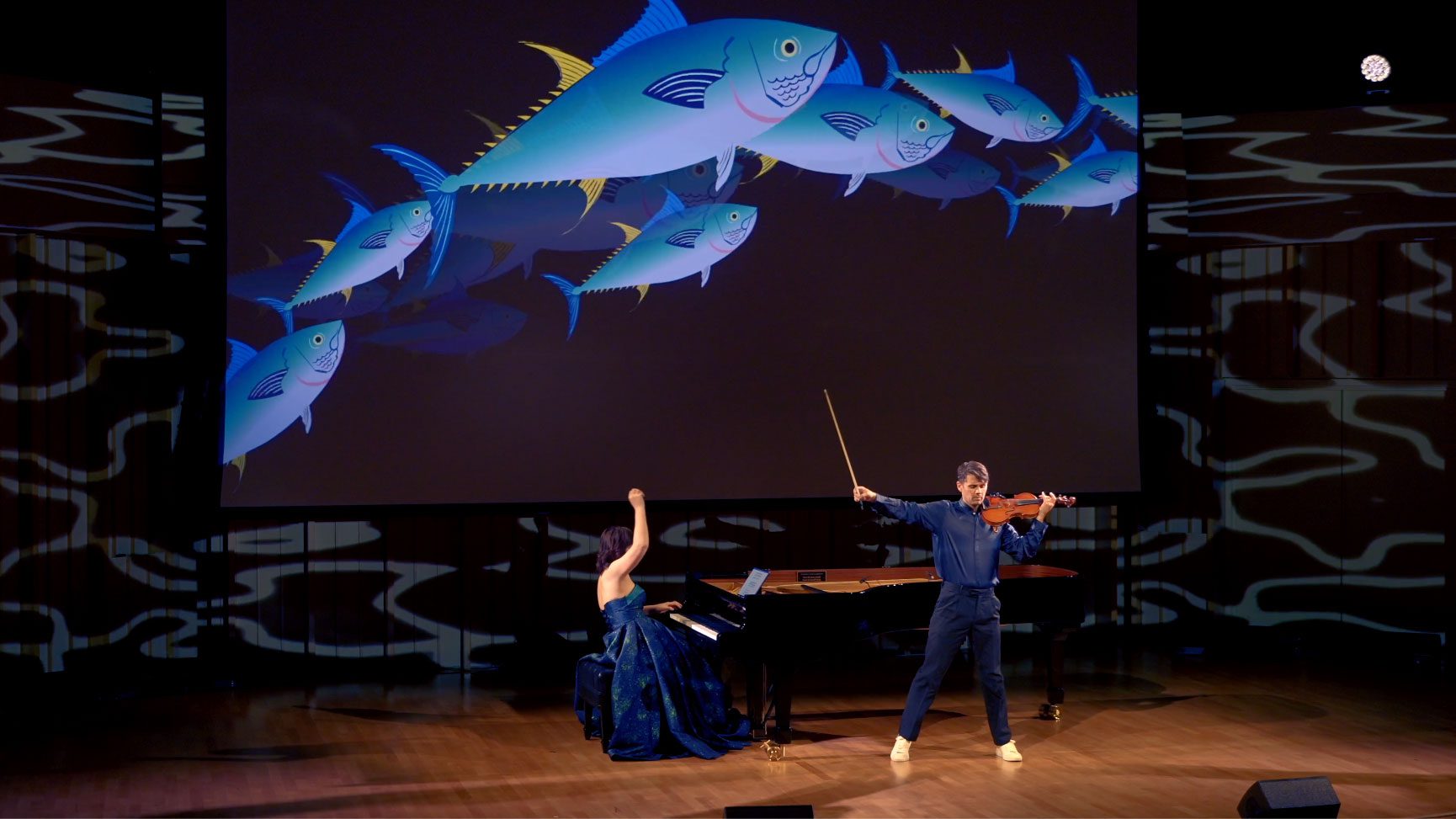
By Evan Lubofsky | September 23, 2025
In 2022, WHOI marine biologist Aran Mooney and his team installed underwater microphones in St. John, U.S. Virgin Islands, to eavesdrop on snapping shrimp. They were trying to understand how warming ocean temperatures influence the frequency and sound of the snaps, which the shrimp use for everything from courtship to navigation to finding food.
Little did the researchers know, however, that Mooney’s recordings of the sizzling-bacon-like racket made by these tiny crustaceans would become part of a classical music composition.
Chad Cannon, a Los Angeles-based violinist and composer, has used the audio in a piece titled “The Call of the Reef.” It’s one of 20 he’s written for Music for the Ocean, a series of compositions centered on sound and marine life that aims to inspire concern for the world’s oceans through music.
“Together, these compositions form a nature documentary for the concert hall,” says Cannon.
Music for the Ocean is classical music, but the live performance likely is not what you’d expect. Joined by classical pianist Hui Wu, Cannon paces around the stage frenetically with his violin during each piece under a light show that would feel familiar at a music festival, flooding the space with shifting colors and rhythms. Above the two musicians, vibrant animations of schooling fish, sea turtles, and other marine life swim across a large projection screen in sync with the music. Animated by Emmy-winner Timothy Rauch, they create an immersive and multisensory experience where sight and sound become inseparable.
“We’ve tried to stage things more like a rock concert, so the show appeals to a broader audience than just classical music fans,” says Cannon.
At a recent performance in Los Angeles, actor Harrison Ford showed up. Cannon was all but sure he’d leave during intermission. “Celebrities always leave,” he says. “But [Ford] stayed, and he came up to me after and said, ‘I want to say this is really great.’”
Cannon, a native of “landlocked” Utah, says his love for the ocean stems back to his childhood, when he and his family would head to Newport Beach, California, for summer breaks. He recalls the salty ocean air there being discernably different from the distinctive salty-yet-sulfurous odor of the waters around his hometown of Salt Lake City. “And there’s no dolphins and whales out there, so of course pulling onto the beach in Newport was like, wow, this is so cool.”
Today, Cannon lives and works in Los Angeles. When his community was devastated by wildfires last January, he turned to learning more about the ocean to help heal. One book, Sing Like Fish by Amorina Kingdon, opened his mind to the ocean soundscape and how marine animals respond to it. He was particularly fascinated by the idea that coral larvae are attracted to the sounds of healthy coral reefs.
“I started Googling a bunch about it and came across Dr. Mooney’s work, so I reached out to him in a cold email,” says Cannon. “He responded, and then I had a call with his lab mates, Nadège Aoki and Sierra Jarriel, to talk through their research. They shared the digital recordings of the snapping shrimp with me, which I incorporated into ‘The Reef.’”
Mooney says the inclusion of his audio of snapping shrimp in Cannon’s music has been exciting. “We’re trying to do broader outreach of our work and facilitate these sorts of creative endeavors,” says Mooney. “Chad’s work is just an amazing example of science and art collaboration, helping reach more folks to discover the importance of sound in the sea.”
Cannon often composes while watching videos of marine life and looking for unique stories about the ocean that can be expressed through music. “It’s not just me closing my eyes and imagining things,” he says. Other pieces in Music for the Ocean draw inspiration from bioluminescent creatures and the mysterious world of the deep sea. He spends a lot of time on aquarium websites from around the world, studying videos of local species that most people may not know about, like cleaner shrimp, which climb into the mouths of moray eels and clean their teeth without getting eaten. That particular shrimp species was the inspiration for a piece Cannon calls “Moray Eel Shrimp Cleaning Station.”
But there have also been instances where Cannon has composed pieces almost immediately after diving in the ocean. On a 2024 diving trip in Honduras to support science writer and ocean expert Juli Berwald’s Tela Coral non-profit, he witnessed beautiful giant Elkhorn corals and cool-blue damsels swimming in and out of the healthy reefs there. “I wanted to do a dive that day and compose that night to get an immediate gut reaction to what I had just seen. I wrote ‘Rebel Reef’ that night in my hotel room and performed it the next day set to footage of the reef that we’d captured.”
For Cannon, composing to the ocean has been a very different yet rewarding experience. It gives him an opportunity to write what he wants to and “not what an editor is telling me to write.” And, given that he’s almost always scoring music to support visuals, Music for the Ocean allows him to do the opposite — compose and then have visuals created against that piece of music.
“It’s basically the inverse of what I typically do, which has been a really exciting new challenge for me,” he says.
Check out more of Cannon's performances on Instagram.
